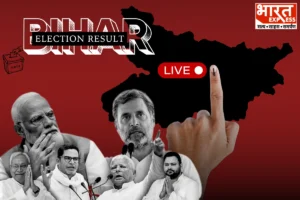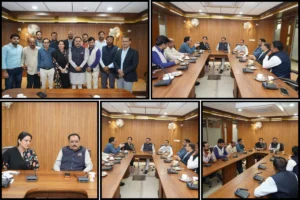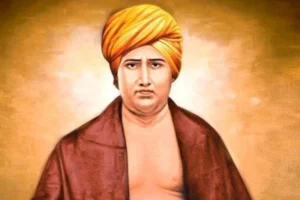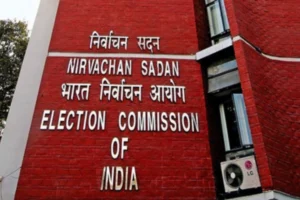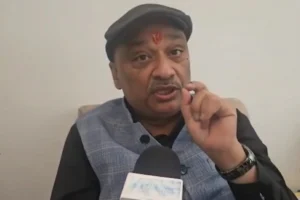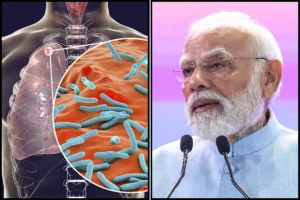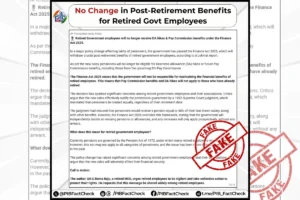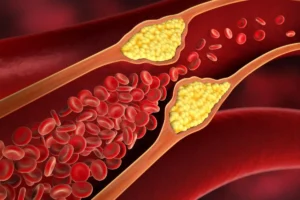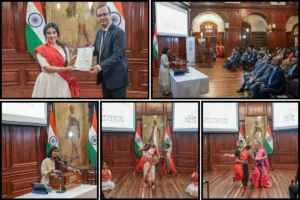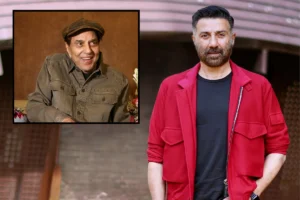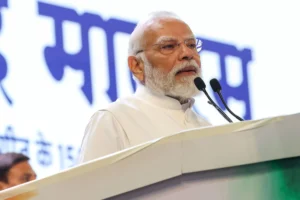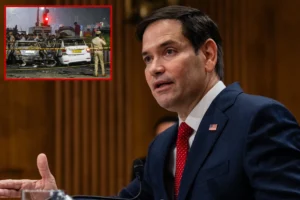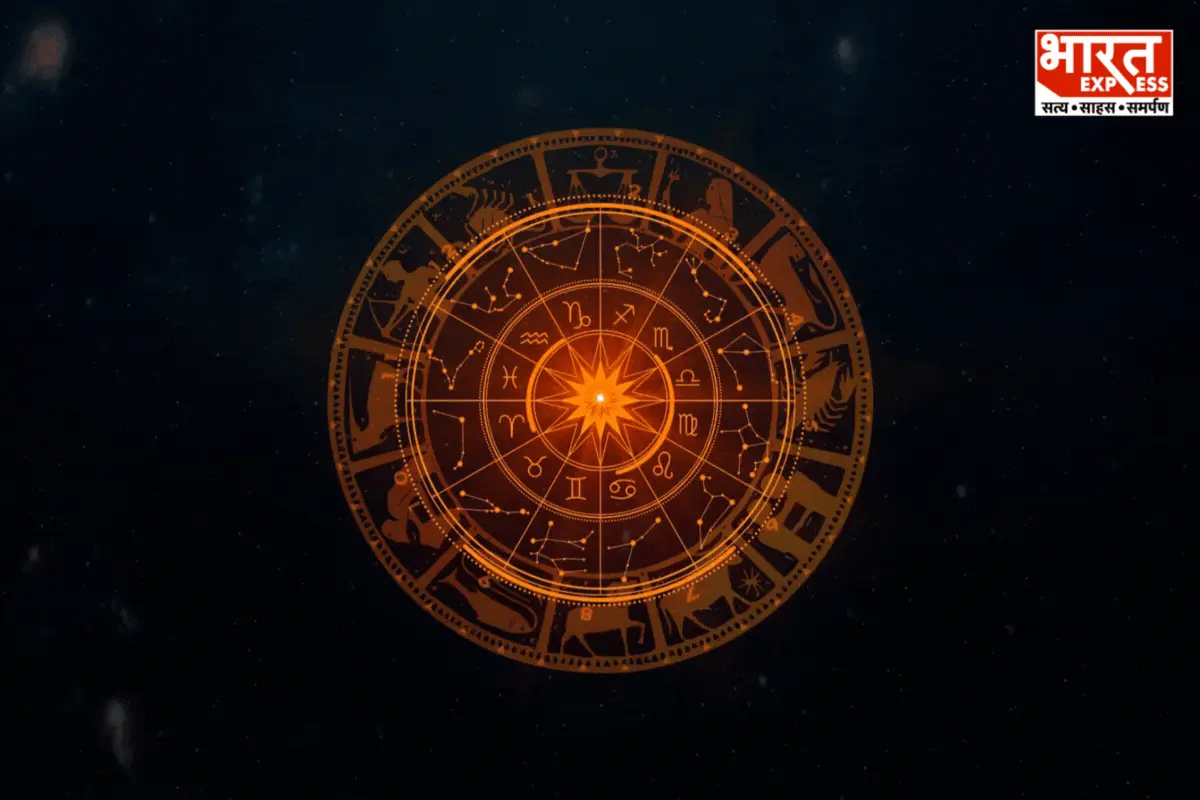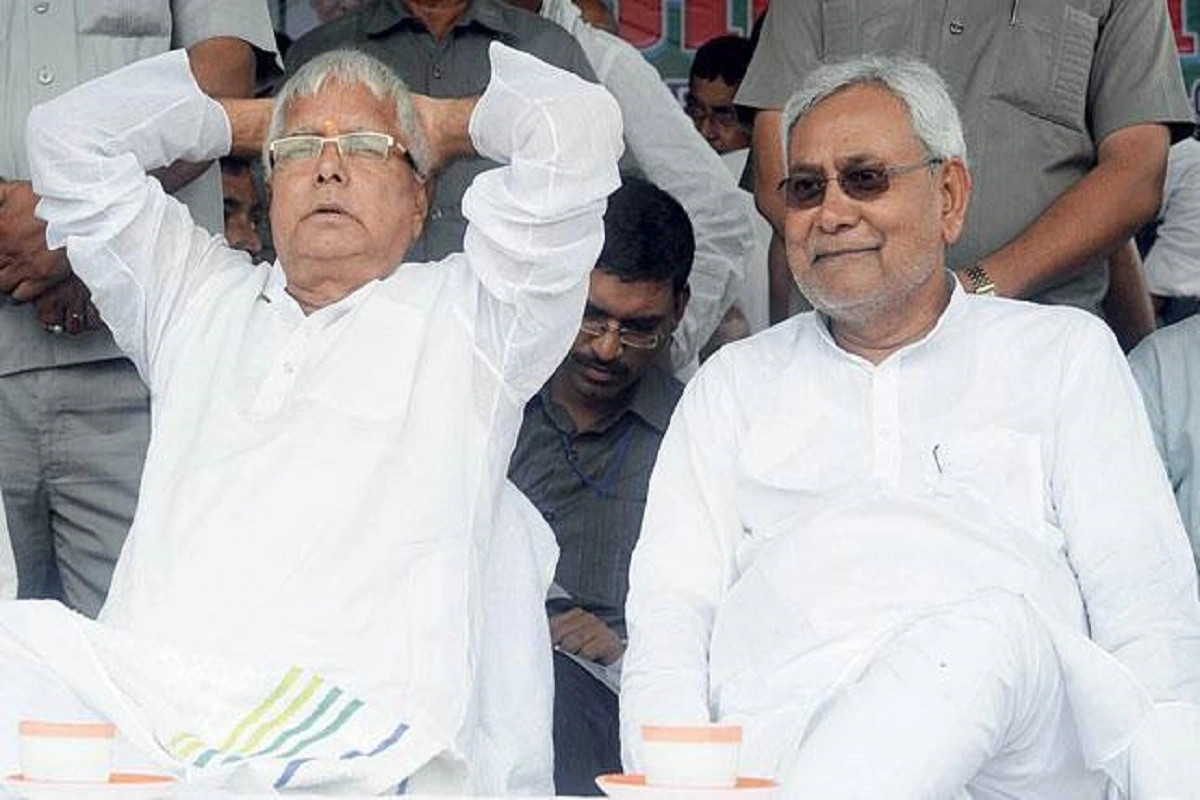
Nitish Kumar and Lalu Prasad
In the ongoing political drama in Bihar, the relationship dynamics between former allies Nitish Kumar and Lalu Prasad Yadav have once again taken center stage. Just weeks after Nitish Kumar’s surprising departure from the grand alliance to join the BJP-led NDA, speculation mounts about the possibility of another turnaround by the JD(U) chief.
The recent exchange of pleasantries between Nitish Kumar and Lalu Prasad Yadav inside the Vidhan Sabha complex, where the latter was present to support the nomination of fellow party members for the Rajya Sabha elections, marks their first encounter since Kumar’s decision to break away from the Mahagathbandhan.
When questioned about the significance of their interaction and the potential for reconciliation, Lalu Prasad Yadav coyly responded, “Let him come back. Then we will see.” Pressed further on whether the door was still open for Nitish Kumar, Yadav affirmed, “It is always open.”
However, the JD(U) quickly dismissed such speculations, with spokesman Neeraj Kumar asserting, “Lalu ji says the doors are still open. He should know that the famous padlock of Aligarh has been placed on the doors.” He emphasized Nitish Kumar’s stance that any past alliances with RJD resulted in corruption, firmly stating, “There is no question of going back.”
Also read: Petition Filed In Supreme Court Against Demolition Of ‘Religious Structures’
Meanwhile, Tejashwi Yadav, Lalu Prasad Yadav’s son and former Bihar deputy CM, took the opportunity to launch a scathing attack on Nitish Kumar during the Bharat Jodo Nyay Yatra in Sasaram. Yadav criticized Kumar’s alleged unwillingness to heed advice, recalling his previous declarations of never joining the BJP. He also lamented their decision to stand by Kumar despite sacrifices, all with the singular aim of defeating the BJP in 2024.
The intertwined political trajectories of Lalu Prasad Yadav and Nitish Kumar have defined Bihar’s landscape for over three decades. Their journey has seen them oscillate between allies and rivals numerous times, illustrating the complexities and volatility of the state’s political arena.
To read more such news, download Bharat Express news apps







